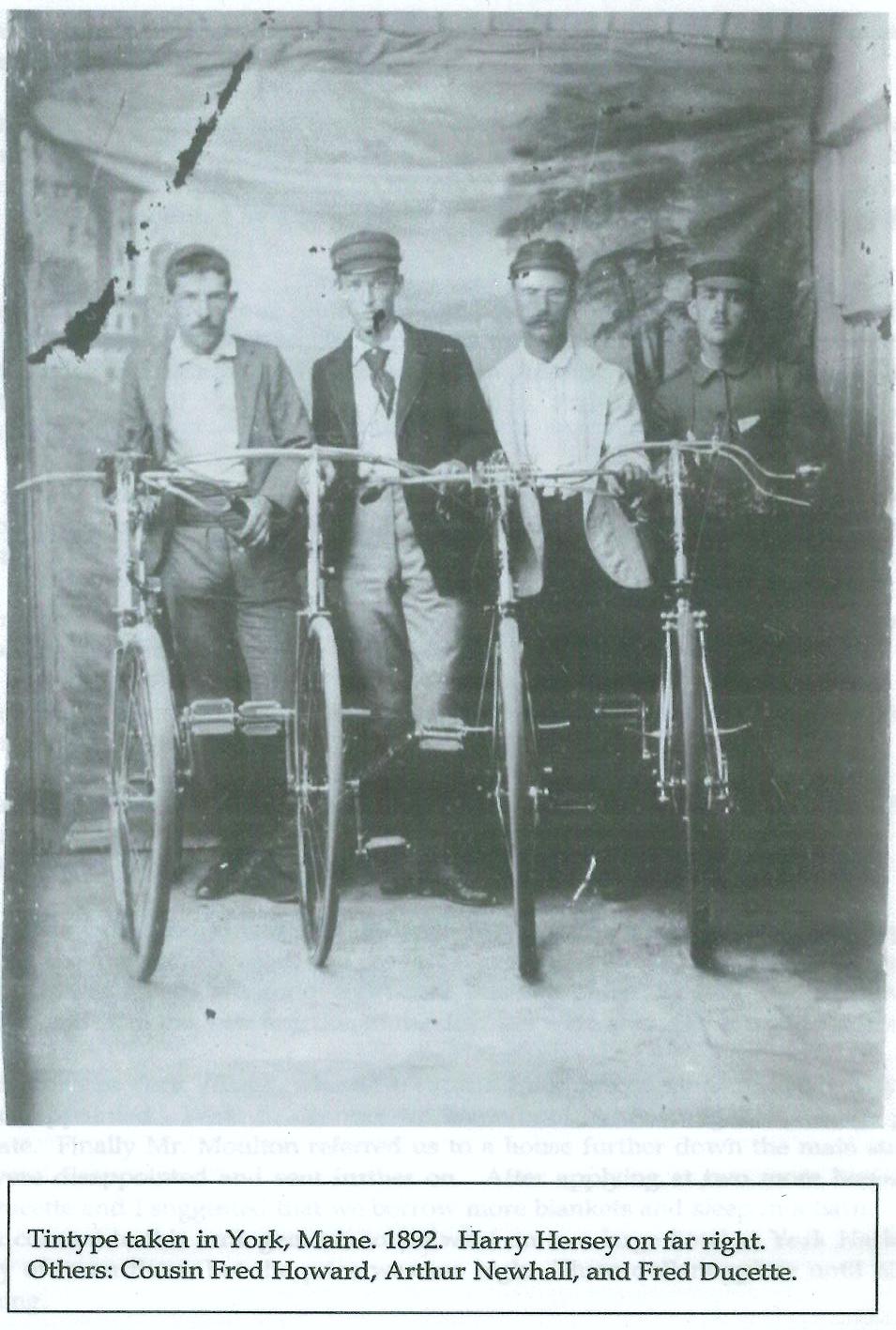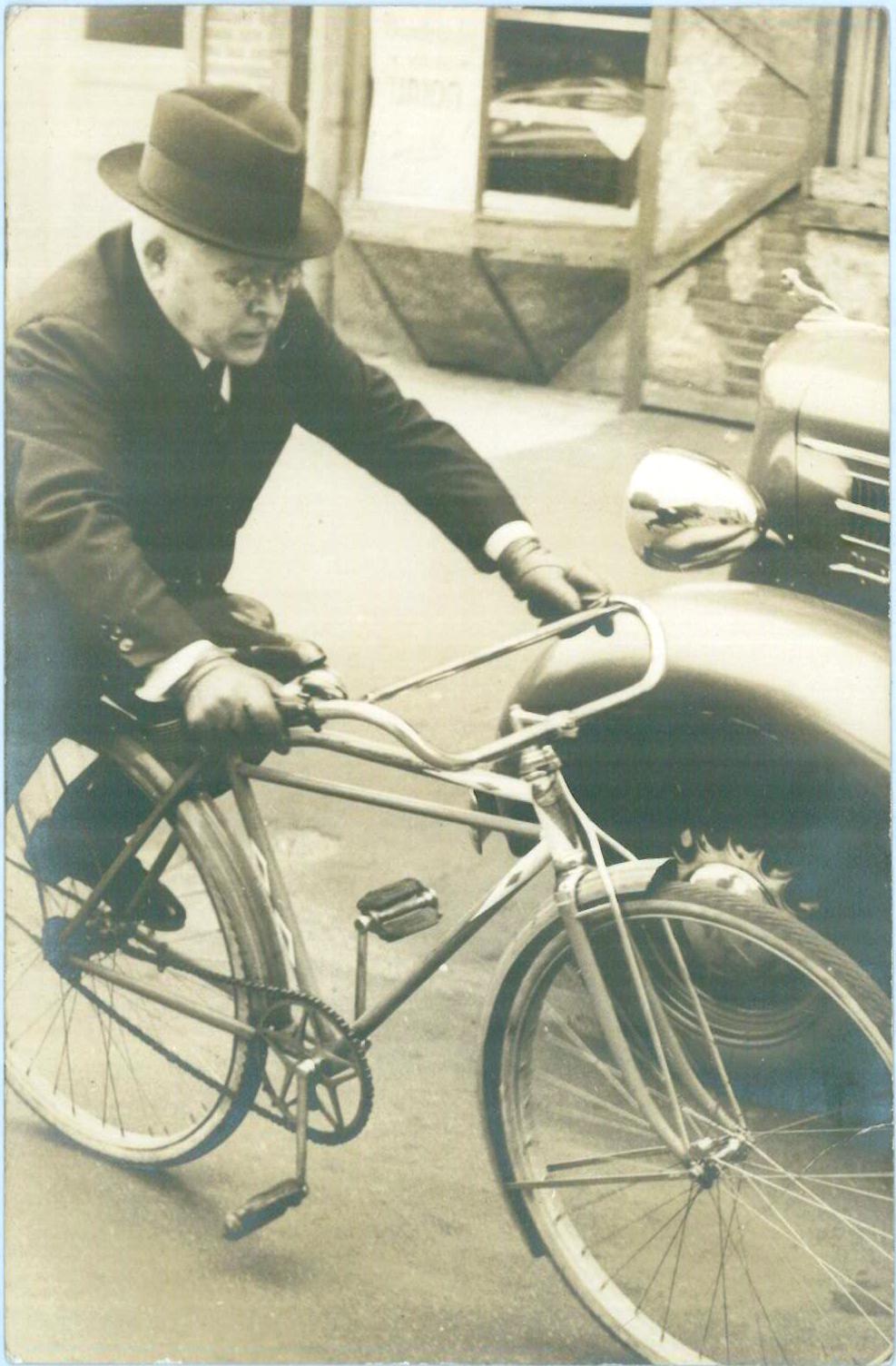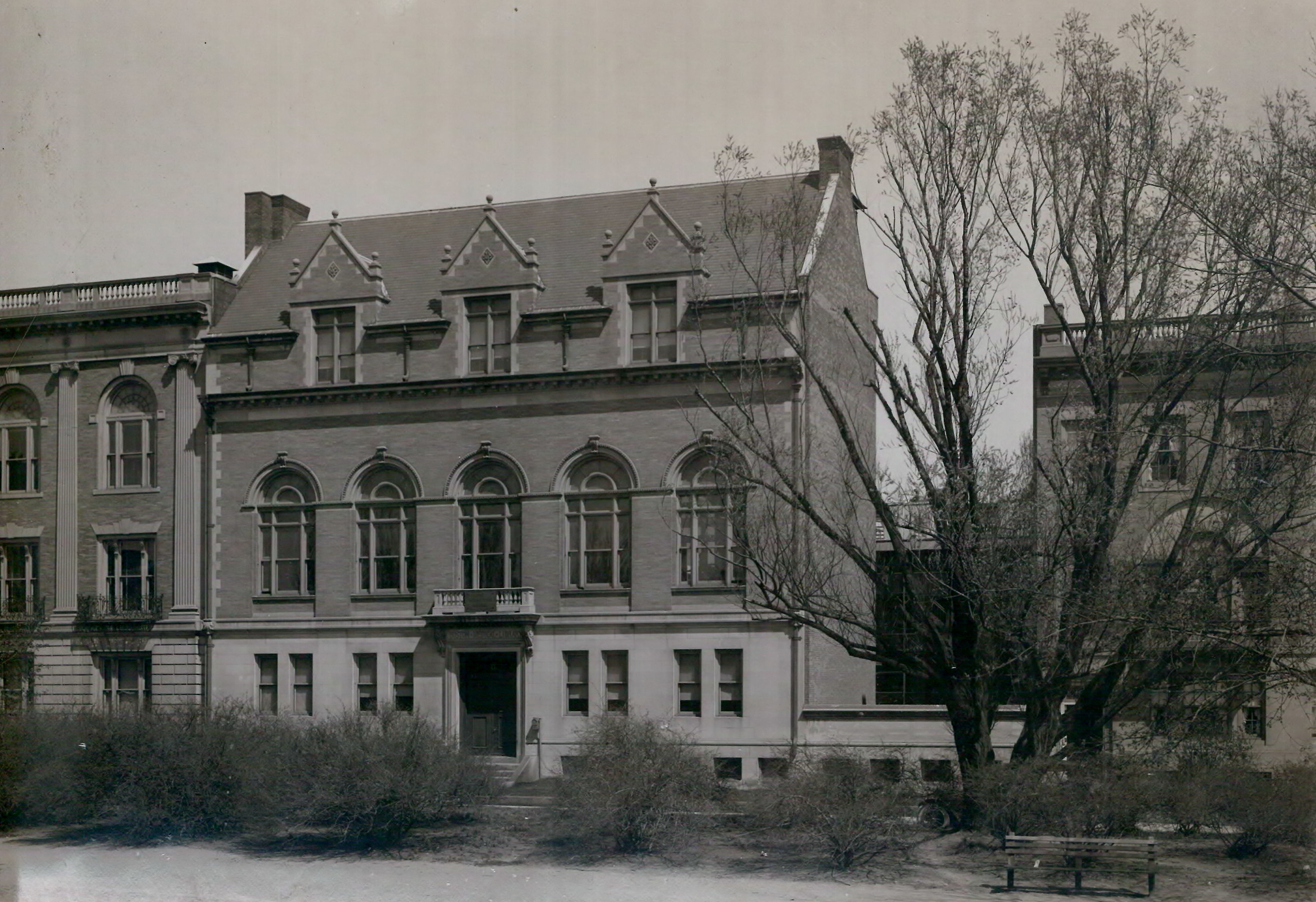By Elaine Grublin
Each year the MHS grants a number of research fellowships to scholars from around the country. For more information about the different fellowship types, click the headings below.
Our various fellowship programs bring a wide variety of researchers working on a full range of topics into the MHS library. If any of the research topics are particularly interesting to you, keep an eye on our events calendar over the course of the upcoming year, as all research fellows present their research at brown-bag lunch programs as part of their commitment to the MHS.
A hearty congratulations to all of the fellowship recipients. We look forward to seeing you all in the MHS library in the upcoming year.
*******
MHS-NEH Long-term Research Fellowships (thanks to the support of the National Endowment for the Humanities, an independent agency of the U.S. government):
John Stauffer, Harvard University, “Charles Sumner’s America: A Cultural Biography”
Erin Kappeler, University of Maine Farmington, “Everyday Laureates: Poetic Communities in New England, 1865-1900”
Suzanne and Caleb Loring Research Fellowship On the Civil War, Its Origins, and Consequences (with the Boston Athenaeum):
Sarah Beetham, University of Delaware, “Sculpting the Citizen Soldier: Reproduction and National Memory, 1865-1917”
New England Regional Fellowship Consortium (NERFC) Awards (with 20 other institutions; the * indicates that part of fellowship will be completed at the MHS):
*Nicholas Bonneau, University of Notre Dame, “Unspeakable Loss: New England’s Invisible Throat Distemper Epidemic of 1735 – 1740”
*Frank Cirillo, University of Virginia, “‘The Time of Sainthood Has Passed’: American Abolitionists and the Civil War, 1861-1865”
Sascha Cohen, Brandeis University, “The Comedy of the Culture Wars: American Humor, Feminism, and Gay Liberation, 1969-1989”
Dan Du, University of Georgia, “This World in a Teacup: Sino-American Tea Trade in the Nineteenth Century”
*Amy Ellison, Boston University, “‘To Bring Liberty to the North’: The Invasion of Canada and the Coming of American Independence, 1774-1776.” Colonial Society of Massachusetts Fellow
Mary Fuhrer, Independent Scholar, “The Experience and Meaning of Tuberculosis in Rural New England, 1800-1850”
*Brendan Gillis, Indiana University, “Cosmopolitan Parochialism: Colonial Magistracy and Imperial Revolution, 1760-1800”
Christina Groeger, Harvard University, “Paths to Work: The Rise of Credentials in American Society, 1870-1940”
*Brenton Grom, Case Western Reserve University, “The Death and Transfiguration of New England Psalmody, ca. 1790–1860”
Samira Mehta, Fairfield University, “God Bless the Pill? Contraception, Sexuality, and American Religion from Margaret Sanger to Sandra Fluke”
*Sean Moore, University of New Hampshire, “Slavery and the Making of the Early American Library: British Literature, Political Thought, and the Transatlantic Book Trade”
*Jacqueline, Reynoso, Cornell University, “(Dis)Placing the American Revolution: The British Province of Quebec in the Greater Colonial Struggle”
*Gregory Rosenthal, SUNY Stonybrook, Hawaiians who left Hawaiʻi: Work, Body, and Environment in the Pacific World, 1786-1876”
Kate Silbert, University of Michigan, “‘Committed to Memory’: Gender, Literary Engagement, and Commemorative Practice, 1780-1830”
Jordan Smith, Georgetown University, “The Invention of Rum”
*Rachel Trocchio, University of California Berkeley, “The Puritan Sublime”
*Jordan Watkins, University of Nevada Las Vegas, “‘Let Every Writer Be Placed in His Own Age’: Slavery, Sacred Texts and the Antebellum Confrontation with History”
MHS Short-Term Research Fellowships:
African American Studies Fellow
Westenley Alcenat, Columbia University, “Escape to Zion: Black Emigration and the Elusive Quest for Citizenship, 1816-1868”
Alumni Fellows
Mary Draper, University of Virginia, “The Urban World of the Early Modern British Caribbean”
Jonathan Koefoed, Indiana University – Purdue University Columbus, “Cautious Romantics: Trinitarian Transcendentalists and the Emergence of a Conservative Religious Tradition in America”
Andrew Oliver Fellow
Mark Thompson, University of Groningen, “Land, Liberty, and Property: Surveyors and the Production of Empire in British North America”
Andrew W. Mellon Fellows
Laurie Dickmeyer, University of California Irvine, “Americans in Chinese Treaty Ports: The Interplay of Trade and Diplomacy in the Nineteenth-Century China and United States”
Mark Dragoni, Syracuse University, “Operating Outside of Empire: Trade and Citizenship in the Atlantic World, 1756-1812”
Jeffrey Egan, University of Connecticut, “Watershed Decisions: The Social and Environmental History of the Quabbin Reservoir, 1860-1941”
David Faflik, University of Rhode Island, “Passing Transcendental: Harvard, Heresy, and the Modern American Origins of Unbelief”
Alex Jablonski, SUNY Binghamton, “Subjects into Citizens: The Imperial Origins of American Citizenship”
Nathan Jeremie-Brink, Loyola University Chicago, “Gratuitous Distribution: Distributing African-American Antislavery Texts, 1773-1845”
Jordan Smith, Georgetown University, “The Invention of Rum”
Robin Smith, University of North Carolina Chapel Hill, “The Labor of Poetry and the Poetry of Labor: Industrialization and the Place of Poetry in Antebellum America”
Meghan Wadle, Southern Methodist University, “Stray Threads: Industrial Women’s Writings and American Literature, 1826-1920”
Benjamin Franklin Stevens Fellow
Serena Zabin, Carleton College, “Occupying Boston: An Intimate History of the Boston Massacre”
Cushing Environmental Fellow (through the generosity of Cushing Academy, Ashburnham, Massachusetts)
Sean Munger, University of Oregon, “Ten Years of Winter: The Cold Decade and Environmental Consciousness in the Early 19th Century”
Malcolm and Mildred Freiberg Fellow
Kristina Garvin, Ohio State University, “Past and Future States: The Cultural Work of the Serial in U.S. Literature, 1786-1814”
Marc Friedlaender Fellow
Kristen Burton, University of Texas Austin, “John Barleycorn vs. Sir Richard Rum: Alcohol, the Atlantic, and the Distilling of Colonial Identity, 1650-1800”
Massachusetts Society of the Cincinnati Fellow (through the generosity of Massachusetts Society of the Cincinnati)
Daniel Soucier, University of Maine, “Navigating Wilderness and Borderland: The Invasion of Canada, 1775-1776”
Ruth R. and Alyson R. Miller Fellows
Kate Culkin, Bronx Community College, “‘For the Love of Your Sister’: Ellen Tucker Emerson, Edith Emerson Forbes, and the Emerson Legacy”
Rachel Walker, University of Maryland, “A Beautiful Mind: Physiognomy and Female Intellect, 1750-1850”
W.B.H. Dowse Fellows
Melissa Johnson, University of Michigan, “Regulating the Word: Religious Reform and the Politics of Knowledge in the Seventeenth-Century Anglo-Atlantic”
Adrian Weimer, Providence College, “Rumors and the Restoration in Boston”





